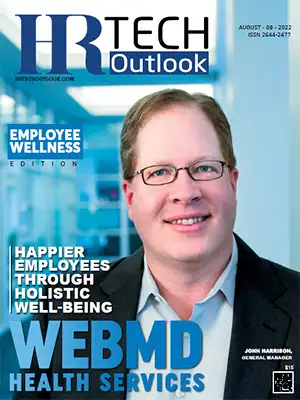The Covid-19 pandemic and the subsequent sequence of events have completely altered the concept of the workplace. People today are no longer interested in traditional office spaces and work culture. The post-pandemic workforce seeks the perfect work-life balance and focuses more on their mental and physical wellness than ever. The situation has impelled business leaders to improve their skills in designing top-tier corporate wellness programs to meet the ever-evolving requirements of their team members. Inability to do this might lead to employee attrition and dissatisfaction. The most prominent example of this is the current trend of “Great Resignation.”
Needless to say, businesses are not aloof from this trend or the current changes in the market. They even have put their best foot forward to architect sound employee wellness programs. But, in many cases, the outcomes have remained far from optimum.
Why?
The answer is simple: organizations still have not realized that wellness programs are not limited to health fairs and presentations. It should entail the individual need of every team member instead of being one-size-fits-all. Pulling off this task is difficult for HR departments—given their busy schedule and work pressure. What businesses need is the right partner that has years of experience in this space and is really passionate about this field. Organizations have to realize that employee wellness is not a one-and-done affair; it is a continuous process, demanding time and the right strategy.
In a nutshell, it is the primary responsibility of employers to take care of the physical and mental wellness of their employees as the entire world is undergoing a rapid transition. Wellness programs are also essential to boost productivity and team members’ sense of responsibility.
This edition aims to provide readers with a detailed understanding of the Employee Wellness arena and the recent developments in this field.
Let us know your thoughts.



















